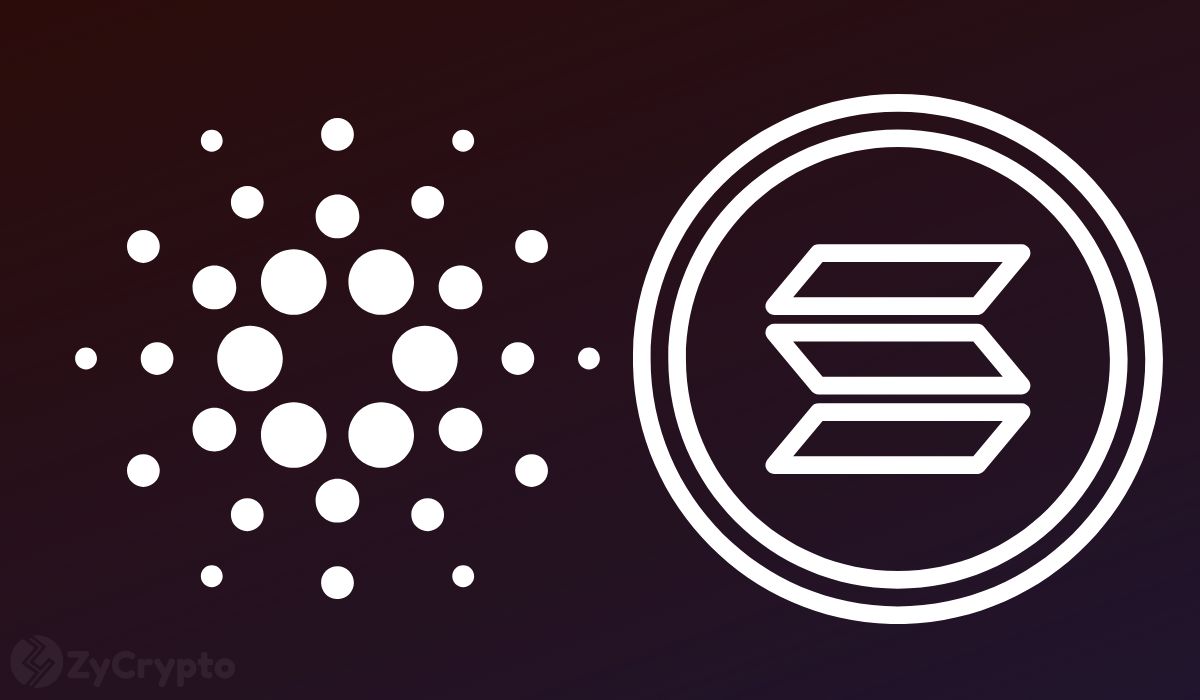Arbitrum: Scaling the Heights of DeFi
Arbitrum began life in 2014 as a student project at Princeton University aimed at solving the scaling problem for blockchains.


Arbitrum began life in 2014 as a student project at Princeton University aimed at solving the scaling problem for blockchains. Since then it’s come a long way and undergone extensive development to allow for its optimistic rollup technology to be implemented on the Ethereum chain. The Paribus MVP will be launching on Arbitrum so we thought we’d take this opportunity to delve a little deeper into why we chose this route to market.
As previous articles have explained we decided to launch Paribus as an Ethereum token, otherwise known as an ERC-20. This is because of the uncertainty around the readiness of the Cardano network to handle high transaction volumes when we first designed the protocol. Our intention is to transition across to Cardano after launch, firstly through the Milkomeda M1 sidechain, and then latterly as Cardano Native Token. In the meantime we needed a suitable scaling solution to operate on Ethereum and that’s where Arbitrum enters the equation.
Deniz, our CEO explains the reasons for choosing Arbitrum, “Arbitrum is one of the most trusted and highly used Layer 2 Solutions on Ethereum. There are a number of large projects that have already deployed their solutions on Arbitrum. It is a battle-tested protocol with over $2 billion locked in TVL.”

Perhaps the most well-known co-founder of Ethereum, Vitalik Buterin, famously said that digital transactions should cost no more than 5 cents each. However, since that time transaction fees on Ethereum have skyrocketed due to congestion and the processing required for its proof of work (PoW) consensus mechanism. The high fees and slower transaction times on truly decentralized PoW blockchains have spawned a series of off-chain technologies known as Layer 2 (L2) solutions.
Arbitrum is an L2 solution that takes the processing demand for transactions off the main Ethereum chain and batches them together in a rolled-up transaction that is eventually written to the chain’s base layer. In this way, they enable a faster processing time with lower fees while still maintaining the high security offered by Ethereum.
Simon, our CTO describes how this will translate in terms of user experience, “The DApp will be more advanced than our previous staking protocol. Users will need to deposit their assets and then allow them to be used as collateral. Essentially there will be more required steps needed from the participant’s point of view. The additional complication will be mitigated by releasing detailed guides, videos, and having a very intuitive UI.”

As covered in previous articles there was the potential that we’d be able to skip the Arbitrum integration at launch deploying immediately via the Milkomeda M1 sidechain. Although this hasn’t come to pass, our original approach to deploying on Arbitrum and later adding in the Milkomeda solution actually works in our favor.
As Wilson, our COO explains, “The plan will be to have Arbitrum up and running first. When we are able to deploy on Milkomeda then we will be running simultaneously on both L2 solutions. As we are ultimately a multichain protocol this is something we have planned from the beginning.”
Simon explains how this will be able to be accomplished without adding additional audit requirements, “Our smart contracts will be the same for Milkomeda and Arbitrum, this means that there won’t be a need for a new audit. This will make the release to Milkomeda more streamlined and efficient.”
At present, our developers are working tirelessly in the final sprint to complete the MVP and while we devote a great deal of our time and attention to that we also keep our sights focused on what’s likely to happen in the months ahead. As Deniz says, “I believe that there will be some great and impactful changes that take place within the Cardano ecosystem within the next few months. There will be a large shift in the tides once the Vasil hardfork is in effect. We know that more important updates like this will arise which continue to show the potential and real value of the Cardano blockchain.”
Join Paribus-
Delegate Your Voting Power to FEED DRep in Cardano Governance.
DRep ID: drep12ukt4ctzmtf6l5rj76cddgf3dvuy0lfz7uky08jfvgr9ugaapz4 | We are driven to register as a DRep by our deep dedication to the Cardano ecosystem and our aspiration to take an active role in its development, ensuring that its progress stays true to the principles of decentralization, security, and community empowerment.DELEGATE VOTING POWER!






